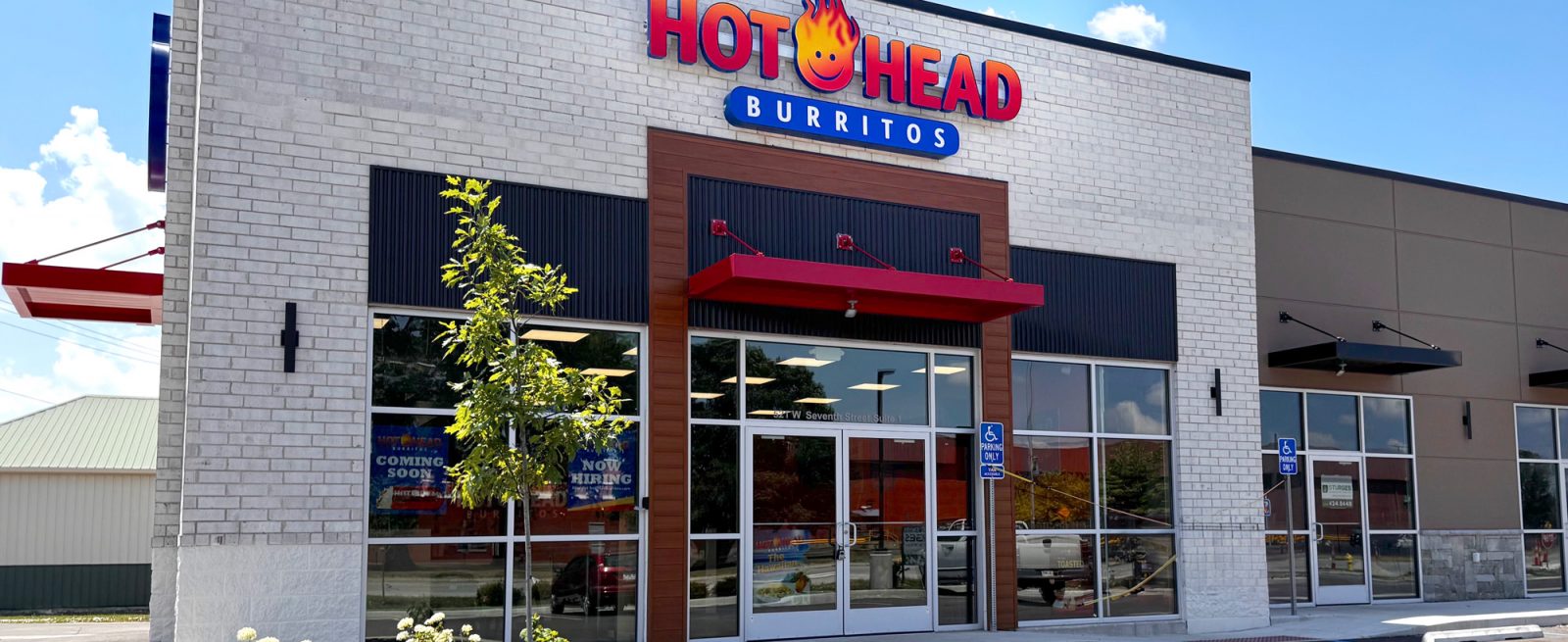The Art and Science Behind Site Selection
2 Min Read By MRM Staff
Site selection for restaurant franchises has come a long way from counting cars and going with their gut. Now, while operators use a mix of data, technology, and real-world experience, there remains an art to understanding the community, vibe, and whether the brand really fits into the flow of everyday life there.
“We look at everything from demographics and psychographics to traffic patterns and mobile data to understand not just where people are, but how they live, work, and eat,” Kelly Gray, VP and co-owner of Hot Head Burritos, explained. They also study movement trends, nearby competition, and which businesses surround a potential site.
The Data Advantage
AI, predictive analytics, and mobile data provide new ways for operators to understand their customers and evaluate markets rather than relying only on broad demographics.
“These tools help identify where existing guests live, work, and spend time, offering insights into what makes certain locations perform well,” said Gray, adding that, with that information, brands can look for new sites that share similar characteristics to their stronger markets.
“While data can’t guarantee success, it provides a clearer picture of where opportunities may exist — allowing decisions to be guided by both analytics and local expertise. The more data-driven we become, the better we can balance intuition with intelligence — and that’s where great site selection truly happens.”
Flexibility Is Key
Gray, who has guided Hot Head’s expansion across eight states helping the brand grow to 80 restaurants, believes in flexible real estate options.
“Leasing remains a powerful tool because it requires significantly less upfront capital, allowing franchisees to invest less money per store they open. It also provides flexibility, which is critical in a changing real estate landscape. As consumer habits evolve and trade areas shift, being tied to ownership can limit agility. Leasing allows operators to adapt — whether that means resizing, relocating, or refreshing a concept.
Flexibility also plays a role in the build-out process, Gray said, adding that the brand has done well in everything from endcaps and inline spaces to conversions and non-traditional sites.
“As costs and consumer preferences continue to evolve, we’ll likely see an even greater focus on more efficient footprints, drive-thru accessibility, and strong digital order flow. Our goal is to keep lowering the barrier to entry for franchisees by offering adaptable prototypes that maximize return — whether that’s through smaller dining rooms, non-conventional sites, or strategic use of second-generation spaces.”
Be Adaptable
Gray says brands that stay nimble, think creatively, and aren’t afraid to adapt their site strategy will be the ones that continue to grow smart. The next generation of franchise growth will come from brands that are both profitable and purpose-driven — those that connect with communities while staying operationally smart.
“Looking toward 2026, I believe the “buy versus lease” conversation will continue to favor models that preserve cash flow and mobility, especially for growing franchise systems that need to pivot quickly as markets change. In many markets, redevelopment and reusing existing spaces are creating fresh opportunities, especially as retail continues to shift after the pandemic. With construction costs and financing rates still high, converting second-generation restaurant spaces has become even more attractive.”

